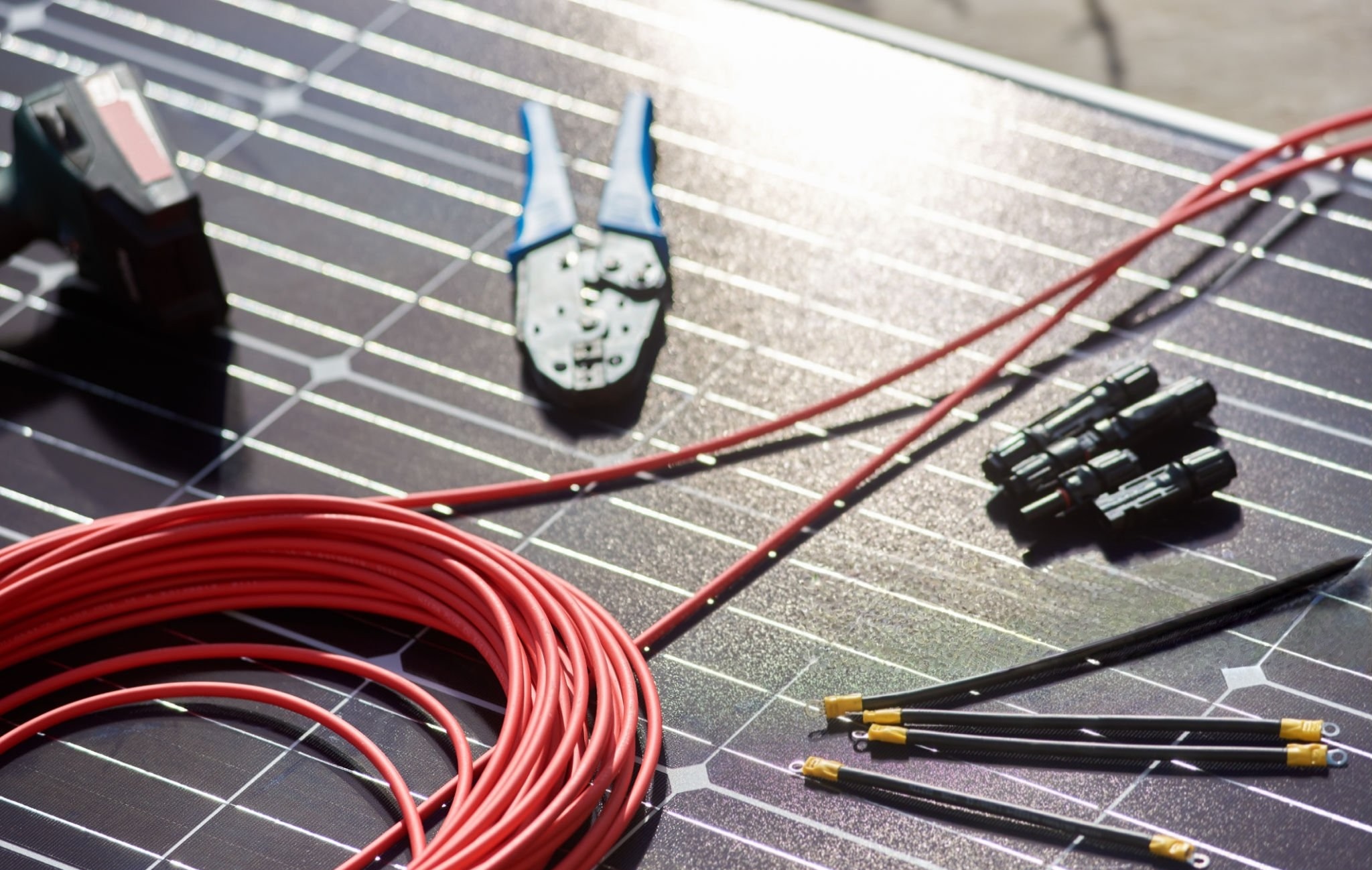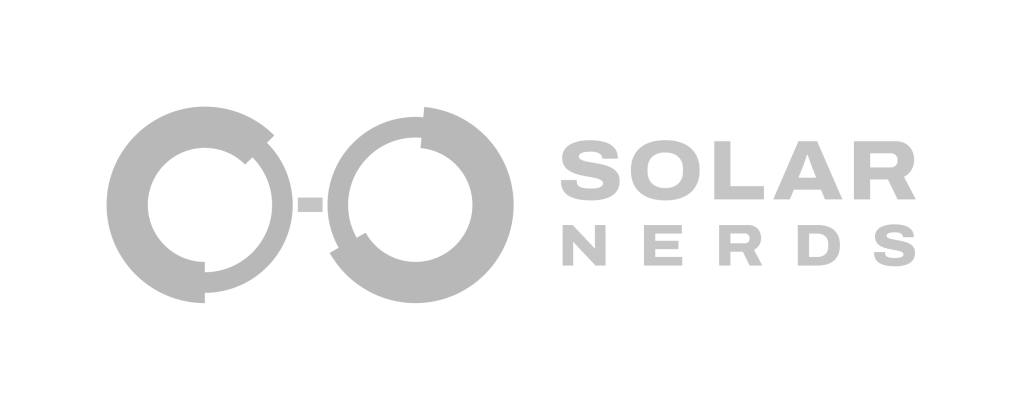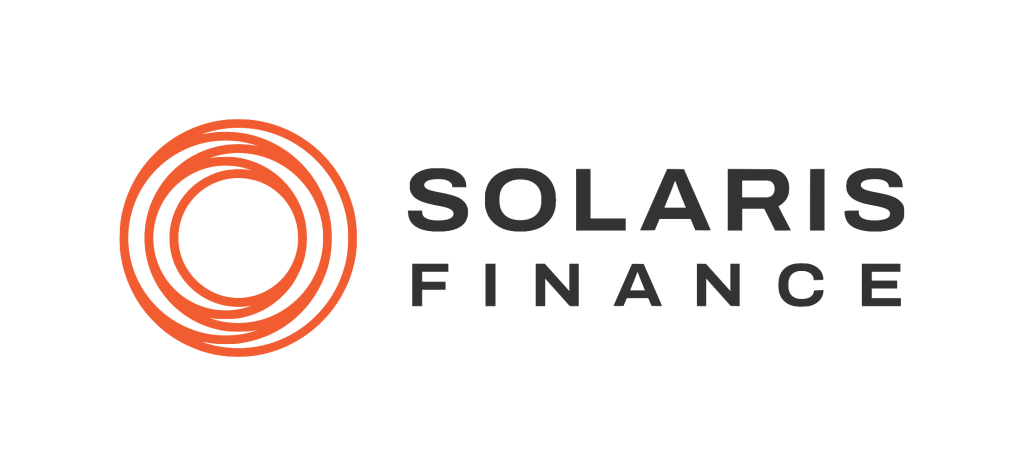Table of Contents
1. Solar Panels: The Heart of the Solar System
Solar panels are the primary components of a solar system, responsible for converting sunlight into electricity. These panels are typically installed on rooftops or ground-mounted structures to capture maximum sunlight throughout the day. There are three main types of solar panels:
- Monocrystalline Panels: Known for their high efficiency and sleek appearance, monocrystalline panels are made from single-crystal silicon. They are ideal for homes with limited roof space.
- Polycrystalline Panels: These panels are made from multiple silicon crystals, offering a slightly lower efficiency but at a more affordable price point.
- Thin-Film Panels: Lightweight and flexible, thin-film panels are suitable for unconventional installations but generally have lower efficiency compared to crystalline panels.
Selecting the right type of solar panel depends on your energy needs, budget, and installation environment.
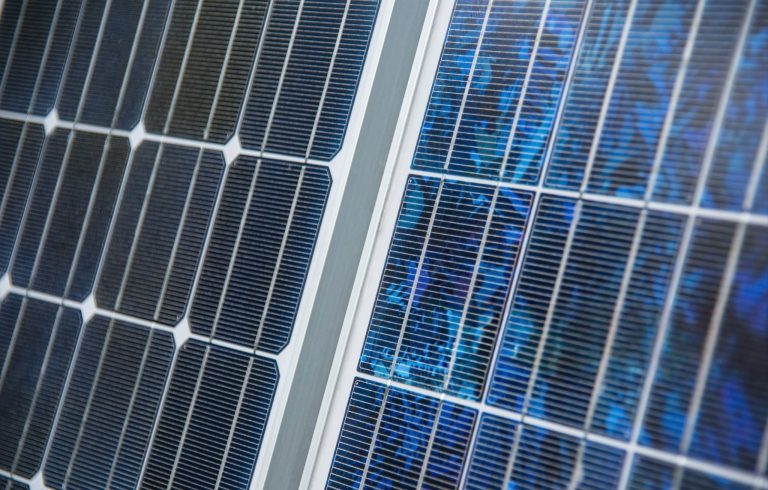
2. Inverters: Converting Power for Home Use
Inverters are crucial components of a solar system that convert the Direct Current (DC) electricity generated by solar panels into Alternating Current (AC) electricity, which is used by household appliances. There are several types of inverters:
- String Inverters: These are the most common and cost-effective option, suitable for standard installations with minimal shading issues.
- Microinverters: Attached to each solar panel, microinverters offer panel-level optimisation, enhancing efficiency in installations with shading or multiple roof orientations.
- Hybrid Inverters: Combining the functionalities of string and battery inverters, hybrid inverters are ideal for systems that include energy storage.
Choosing the right inverter type is essential for optimizing energy conversion and system performance.
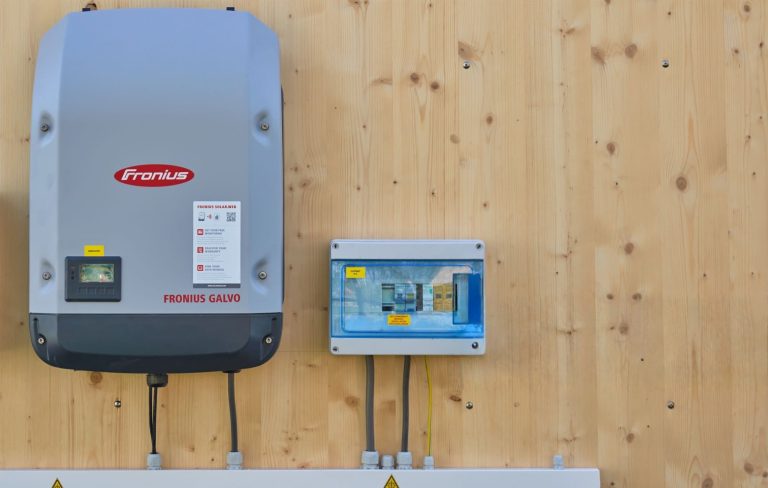
3. Racking: Securing Your Investment
Racking and mounting systems are fundamental components of a solar system that securely attach solar panels to your roof or ground. These systems ensure that panels are positioned at the optimal angle and orientation to maximize sunlight exposure. There are two main mounting options:
- Roof Mounts: The vast majority of installations, suitable for various roof styles and ensuring panels are firmly anchored.
- Ground Mounts: Ideal for properties with ample space e.g. farms, allowing for greater flexibility in panel placement and angle adjustment.
Whilst most are concerned with the brand of solar panel and inverter, choosing a reputable brand for racking is worth considering too. At the moment Clenergy and Schletter dominate the Australian market.
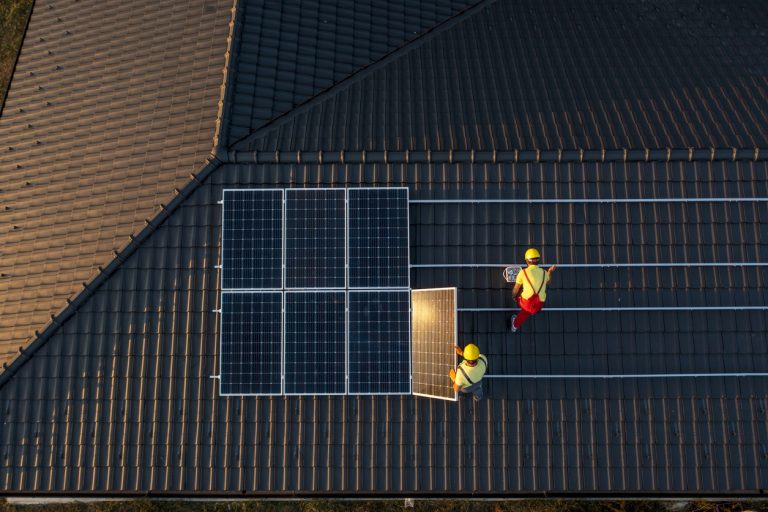
4. Batteries (Optional): Enhancing Energy Independence
Battery storage systems are optional components of a solar system that store excess energy generated during the day for use during nighttime or power outages. Key benefits include:
- Energy Independence: Reduces reliance on the grid by providing stored energy when solar production is low.
- Backup Power: Ensures uninterrupted electricity supply during outages, enhancing home security and comfort.
- Optimised Energy Use: Allows for better management of energy consumption based on usage patterns.
Popular battery types include lithium-ion and lead-acid batteries, each offering different advantages in terms of capacity, lifespan, and cost.
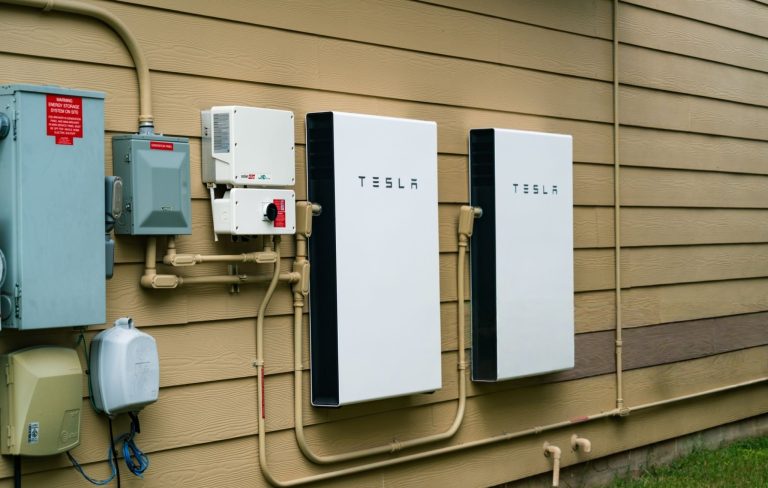
5. Switchboard and Meter: Managing Energy Flow
The switchboard and meter are integral components of a solar system that manage the distribution and measurement of electricity within your home.
- Switchboard: Distributes the converted AC electricity to various circuits and appliances in your home.
- Electricity Meter: Tracks the amount of energy consumed and the excess energy fed back into the grid. This is essential for net metering, where you can receive credits for surplus energy production.
Many homeowners will need to upgrade their switchboard to handle the new solar system.
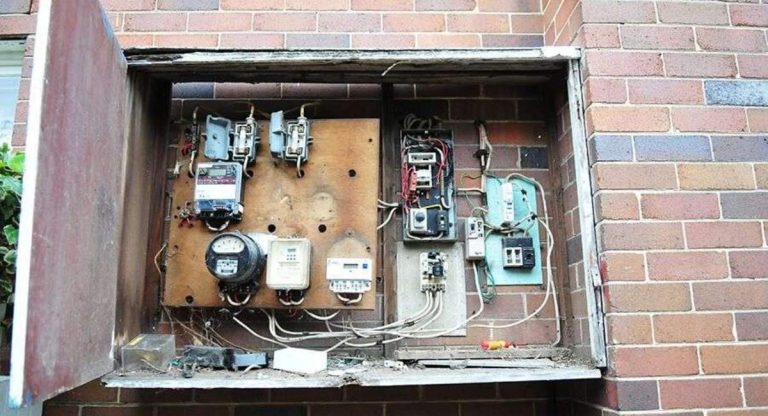
Conclusion
Understanding the components of a solar system empowers homeowners to make informed decisions when planning their solar installations. From the essential solar panels and inverters to optional battery storage and monitoring systems, each component plays a vital role in optimising energy production and ensuring long-term reliability. By carefully selecting and integrating these components, you can harness the power of the sun efficiently, reduce energy costs, and contribute to a sustainable future.

